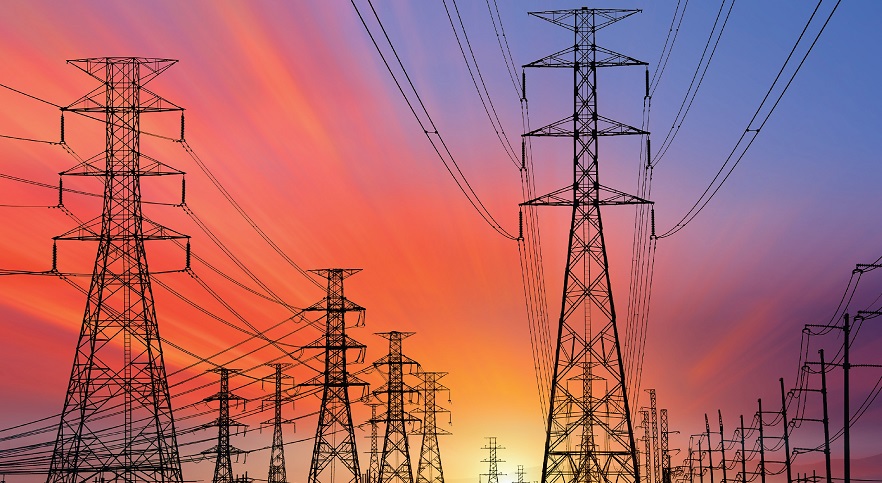
Srinagar- In the Union Territory of Jammu and Kashmir, electricity has emerged as a crucial election issue and is set to become the major poll plank for the parties in the upcoming Lok Sabha polls.
Despite ongoing efforts to bolster the power infrastructure, dissatisfaction simmers among over 20 lakh consumers, signaling widespread discontentment that political parties are poised to exploit in the upcoming elections.
The palpable frustration stems from the sluggish progress in rectifying the ailing electricity infrastructure, with rural areas bearing the brunt of dilapidated transformers, poles, and wires. While urban regions witness a semblance of progress, rural locales grapple with prolonged power outages during peak seasons, exacerbating the daily struggles of residents.
Over the past decade, various initiatives under the Prime Minister’s Development Program, Deendayal Upadhyaya Gram Jyoti Yojana, and the Integrated Power Development Scheme have injected substantial funds into power infrastructure enhancements. Despite these investments totaling billions of rupees, a permanent solution to the persistent power cuts has remained elusive, leaving citizens disillusioned and agitated.
The recent rollout of the Revised Distribution Area Scheme (RDSS) aims to redress the existing infrastructural deficits, with an estimated expenditure of Rs. 1600 crore earmarked to complete pending works in both urban and rural areas. While progress in urban centers nears completion, rural regions lag behind, with only 60 percent of the slated works accomplished thus far.
The power generation scenario in Jammu and Kashmir presents a paradoxical juxtaposition, with a total of 29 power plants generating 3550 MW of electricity. However, despite ample production capacity, inadequate infrastructure and transmission inefficiencies result in millions of units of electricity being squandered annually, exacerbating the prevailing crisis.
In rural areas, where power cuts are a recurrent phenomenon, the situation is dire, with loose wires and outdated infrastructure exacerbating the issue. Villagers endure prolonged outages, disrupting essential services like water supply and impeding daily activities. The installation of smart meters, while a step towards modernization, has failed to alleviate the persistent woes faced by rural residents.
As the political landscape heats up in anticipation of the forthcoming elections, political parties are poised to capitalize on the electorate’s disillusionment with successive governments’ failure to address the longstanding power crisis. From the AAP to the BSP, voices of dissent resonate, with promises of advocacy for a permanent solution to the power woes that have plagued the region for over two decades. With promises of imminent completion of infrastructure upgrades under the RDSS, political leaders seek to assuage public ire and garner electoral support. However, amidst the cacophony of campaign rhetoric, the electorate remains wary, skeptical of mere promises without tangible results.
Follow this link to join our WhatsApp group: Join Now
Be Part of Quality Journalism |
Quality journalism takes a lot of time, money and hard work to produce and despite all the hardships we still do it. Our reporters and editors are working overtime in Kashmir and beyond to cover what you care about, break big stories, and expose injustices that can change lives. Today more people are reading Kashmir Observer than ever, but only a handful are paying while advertising revenues are falling fast. |
| ACT NOW |
| MONTHLY | Rs 100 | |
| YEARLY | Rs 1000 | |
| LIFETIME | Rs 10000 | |











